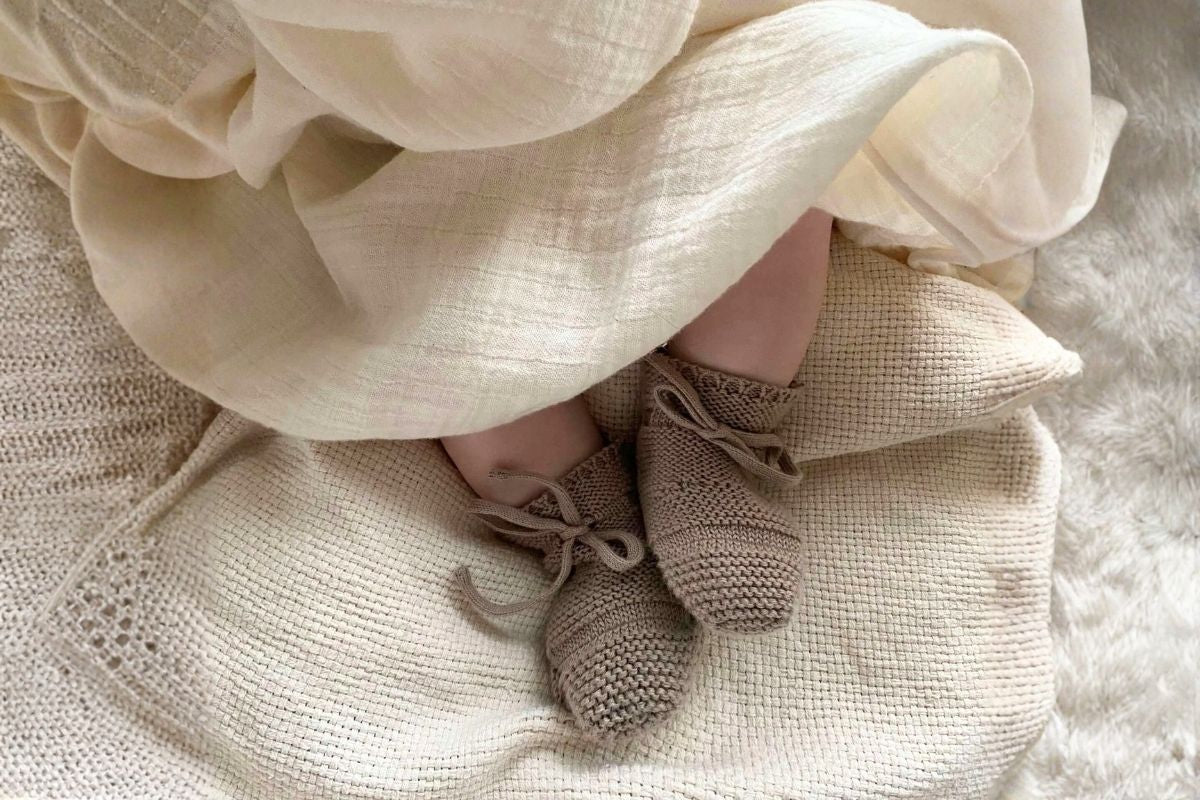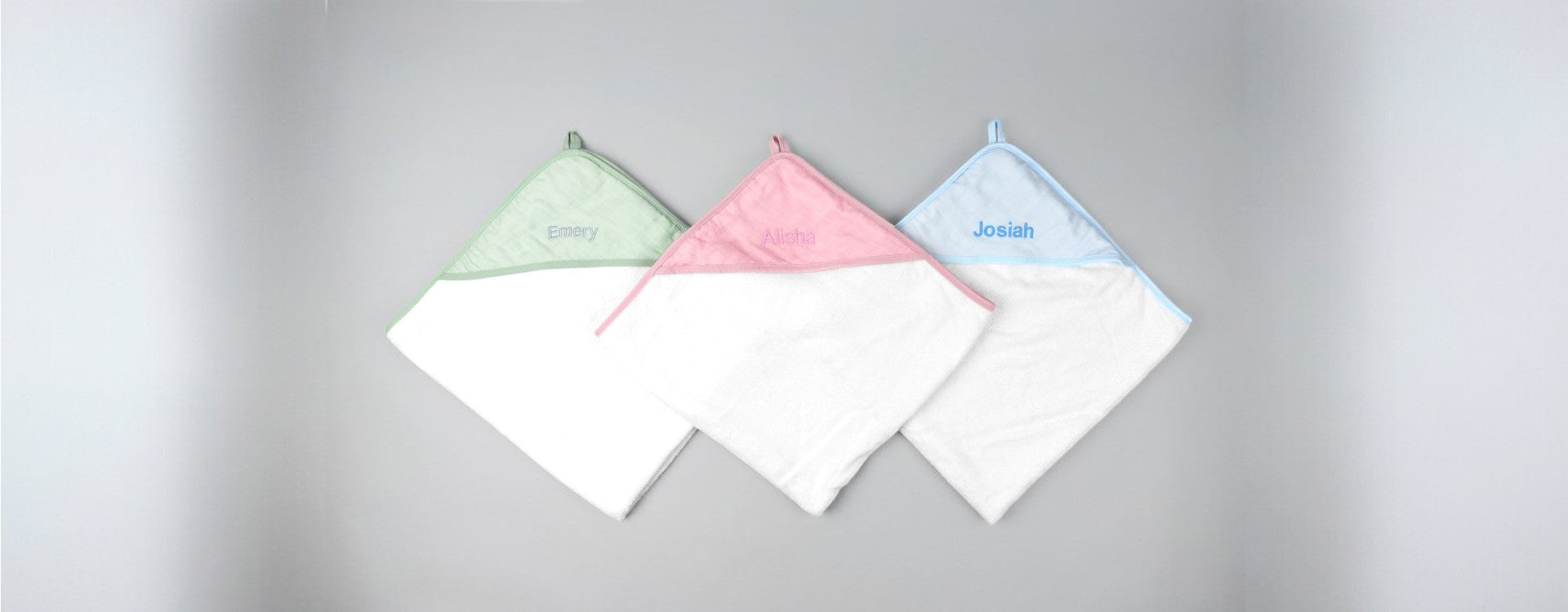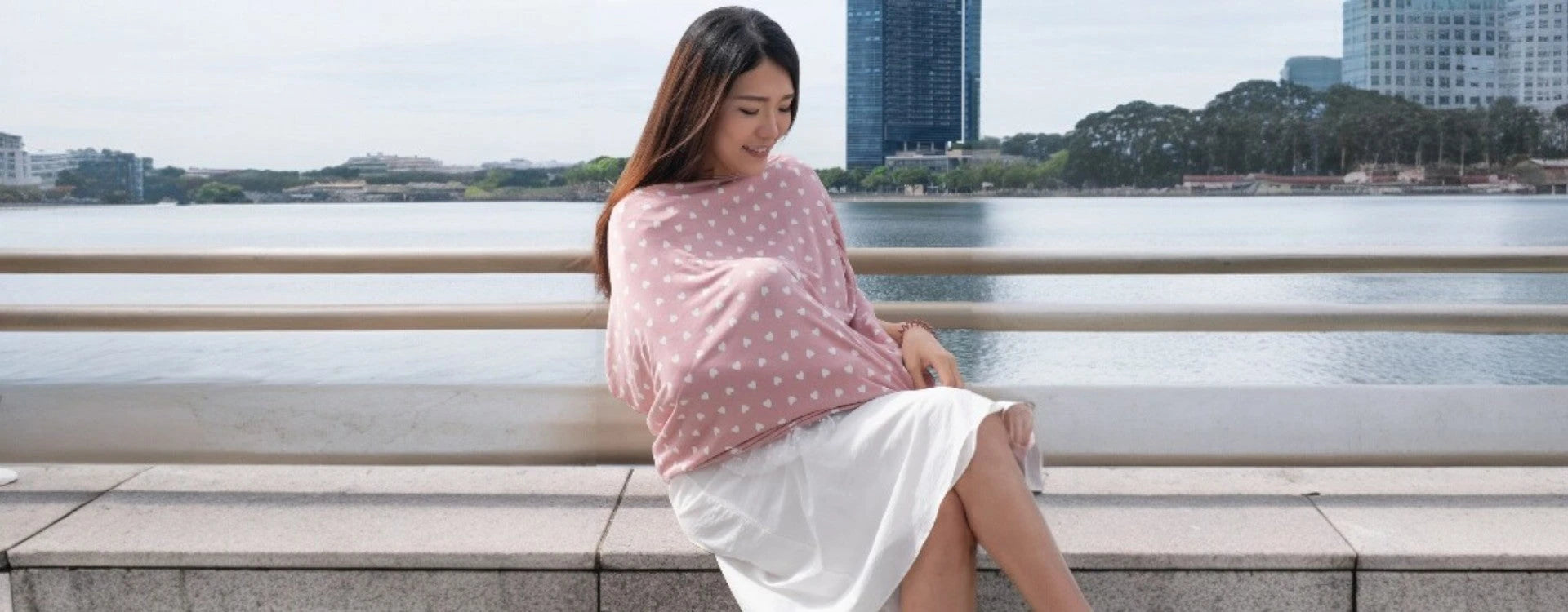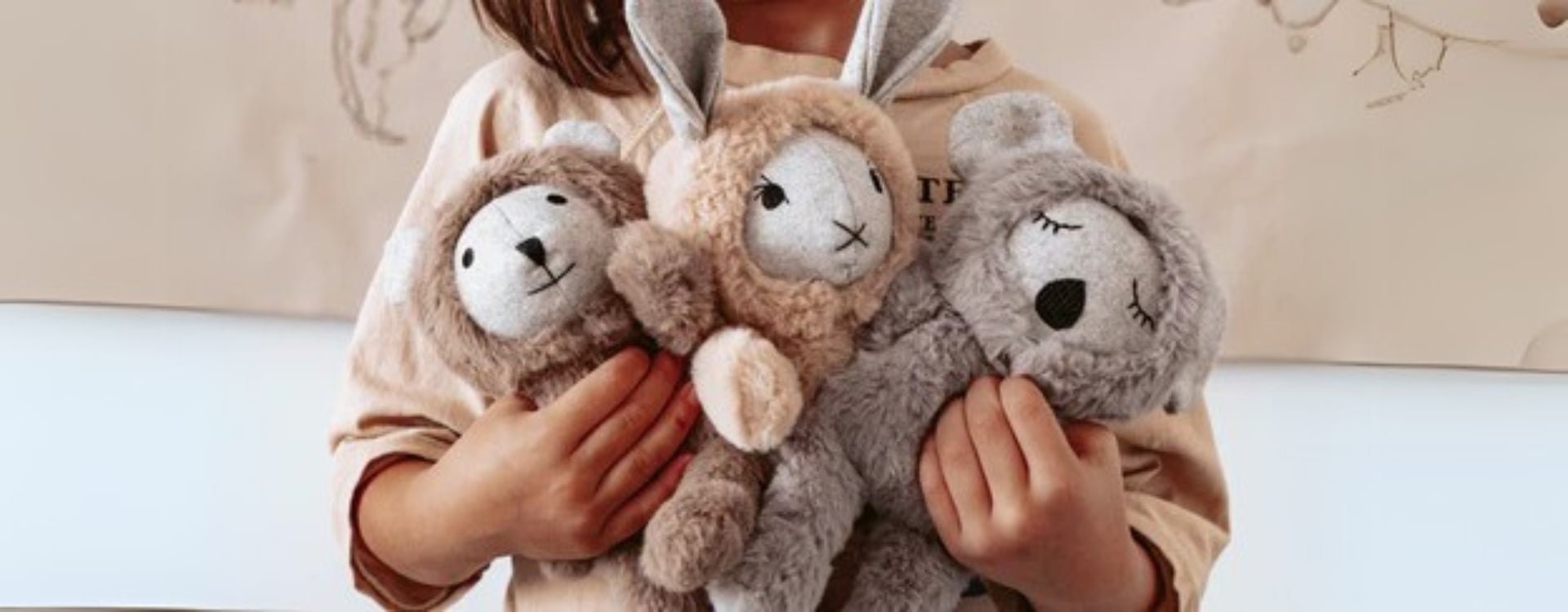Love is in the air!
Valentine's Day, celebrated annually on February 14th, is a day dedicated to love, affection, and romantic gestures. Beyond the modern rituals of exchanging cards, chocolates, and flowers, the history of Valentine's Day is a fascinating tale that spans centuries. Let's embark on a journey through time to uncover the origins and evolution of this cherished day of love.
Ancient Roots:
The roots of Valentine's Day can be traced back to ancient Rome, where mid-February marked the celebration of Lupercalia. This pagan festival honored fertility and the coming of spring, often involving playful rituals and the pairing of couples through a lottery system. While Lupercalia set the stage for a celebration of love, it wasn't until later that the day became associated with a Christian saint.
Saint Valentine:
The most popular theory attributes the association of Valentine's Day with love to Saint Valentine, a Christian martyr who lived during the Roman Empire in the 3rd century. The details of Saint Valentine's life are shrouded in mystery, with various legends surrounding his acts of kindness, such as marrying couples in secret, defying the emperor's orders.
One such legend suggests that Valentine, imprisoned for his defiance, sent the first Valentine's card to his jailer's daughter, signing it "From your Valentine." This poignant gesture is believed to have contributed to the tradition of sending love notes on February 14th.
Chaucer's Influence:
The romantic association of Valentine's Day gained further momentum in the 14th century, thanks to the writings of Geoffrey Chaucer, the medieval English poet. Chaucer's works, particularly "The Parliament of Fowls," elevated the day as a time for lovers. He linked the day to the mating season of birds, emphasizing the idea of romantic love.
The Rise of Greetings:
By the 17th century, exchanging handmade cards and tokens of affection became a popular tradition on Valentine's Day in England. These cards, known as "valentines," often featured intricate designs and heartfelt messages. The trend expanded, and by the 18th century, printed cards became widely accessible, marking the commercialization of Valentine's Day.
Global Celebration:
Valentine's Day gradually spread beyond England, gaining popularity in Europe and North America. The exchange of gifts, flowers, and cards became synonymous with expressing love and appreciation. Today, the celebration has evolved into a global phenomenon, with people around the world embracing various customs and traditions to celebrate the bonds of love.
In modern times, we use this celebration as a day to remember to express our love and gratitude to the one we love. Our expressions of love do not have to be commercially minded but small acts of service to show our partner we care and we love them. Here are our top five ideas for cost-free expressions of love:
- A picnic dinner - Pop your homemade dinner into a bag and head to the local park or beach and eat in the fresh air and nature. Nature is the perfect place to fall in love again.
- Head for a long walk hand in hand without distractions and just talk and more importantly, listen to each other.
- Play a game to deepen your connection. Come up with five questions and in turn answer and try to make each answer have an element of new information.
- If you are fortunate enough to have a bathtub, run your partner a bath and fill the bath with bubbles and petals.
- Write a song for your partner. Music is a great way to express your feelings - the best songs ever written have been about love. Write from the heart and no need to rhyme anything.
Have fun and whatever you do, just be together, unplug all your distractions and reconnect. The trick is to keep up that reconnection after Valentine's Day has passed but you’ve got this.




















































